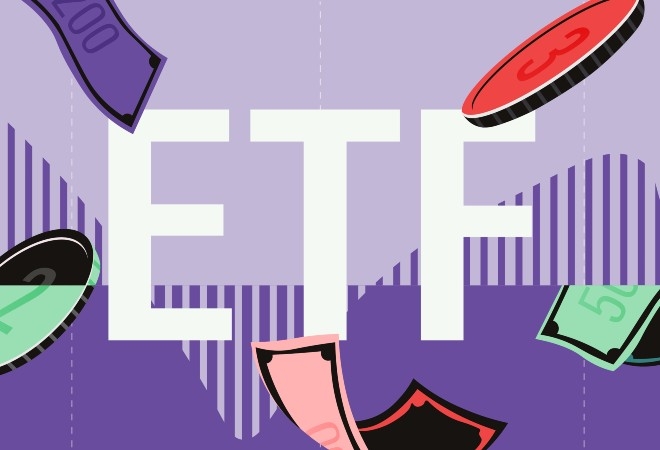After a few years in the doldrums, emerging markets – both equity and fixed income – have experienced a resurgence in 2016. Investors have been taking a more sanguine approach to the risks surrounding these countries, with many taking heart from the fact that the worst predictions about a sharp growth slowdown have not come to fruition. In addition, the rebound in emerging market asset prices has been supported by the apparent bottoming of commodity prices. The outlook remains filled with uncertainty, however, not least in the wake the results of the US presidential election.

many of developed countries' bonds are stuck in negative interest rates

When it comes to emerging market government bonds, investors are lured by the much higher yields on offer relative to developed counterparts. This is particularly relevant in the current environment where many of these developed countries are stuck in negative interest rates.
Emerging market governments can issue bonds in hard currency – normally USD – or local currency. In general terms, bonds issued in USD are deemed to carry lower risk. In fact, many analysts compare them to US corporate bonds in terms of risk/return characteristics. Meanwhile, a basket of emerging market bonds issued in local currency are more exposed to domestic risks affecting the issuing countries and, of course, expose investors to foreign exchange risk from a multiple line of currencies.
Increasingly, investors are being advised not to treat emerging markets as a homogeneous asset class and instead discriminate between countries. On paper, this would seem to support an active approach to the asset class, as active managers might be able to pick the right bets in terms of country exposure. However, active bets on emerging-markets debt remain fraught with risks and volatility, whereas a geographical broad-based and low-cost passive approach may help balance these out over the long-term.
Which are the Best Emerging Market Bond Funds?
Morningstar has recently launched Analyst Ratings for many ETFs covering all sorts of equity and fixed income market exposures. The Morningstar Analyst Rating is a forward-looking qualitative assessment of a fund’s ability to offer superior returns relative to its peers – whether active or passive - over the long-term.
Amongst the European-domiciled ETFs assigned an Analyst Rating, the following three provide exposure to emerging market government debt.
Investors seeking exposure to emerging market government bonds denominated in USD can consider the iShares J.P. Morgan USD Emerging Market Bond ETF (IEMB), which has been assigned an Analyst Rating of Silver. This ETF tracks the J.P. Morgan EMBI Global Core Index, which covers bonds with a minimum outstanding of $1 billion and minimum remaining maturity of 2 and a half years.
When compared to its Morningstar category peers, the ETF's risk-adjusted returns have ranked in the top areas of the first quartile during the past three and five trailing year periods. Meanwhile, the index has outperformed the Morningstar category average over longer periods. The ETF uses physical replication and comes with an ongoing charge of 0.45%.
For euro-based investors, iShares offers a version of this ETF with returns hedged in Euro. It charges a slightly higher 0.5%.
Investors wishing exposure to emerging market government bonds denominated in the local currencies of the issuing countries can look at the SPDR Barclays Emerging Markets Local Currency Bond ETF (EMDL), which has been assigned an Analyst Rating of Silver. This ETF tracks the Barclays Emerging Markets Local Currency Liquid Government Bond Index.
This ETF has consistently outperformed its peers – both active and passive – during the past three and five trailing year periods. In fact, on a risk-adjusted basis, the ETF’s returns have ranked in the upper areas of the first quartile. The ETF uses physical replication and levies an ongoing charge of 0.55%. The ETF returns are denominated in USD, but they are not hedged.
Another passive choice for investors seeking exposure to this market is the iShares Emerging Market Local Government Bond ETF (IEML). We have assigned this ETF an Analyst Rating of Bronze, which also sends a positive signal about our conviction about the fund’s ability to deliver superior returns than its Morningstar category peers over the long term. This iShares ETF tracks the Barclays Emerging Markets Local Currency Core Government Bond Index. It is physically replicated and levies an ongoing charge of 0.5%. The ETF returns are denominated in USD, but they are not hedged.
Which has Been the Best Performer?
Purely based on past performance, the SPDR ETF has had an edge relative to its iShares competitor. Having said that, the Barclays Core index tracked by the iShares ETF has seen several changes in the way it is constructed, which we think have brought it closer to the Liquid version tracked by the SPDR ETF.
The choice of benchmark is crucial for passive funds, and here we have a clear example of how the same index provider – in this case Barclays – can produce multiple variants of a single benchmark. To say that this is very confusing would be a massive understatement. However, it is imperative to pay attention to these nuances when undertaking due diligence of passive funds. Different indices will lead to different outcomes, and – aside from price – the return of an index-tracking investment vehicle such as an ETF will be ultimately determined by the index the manger choses to track.





























